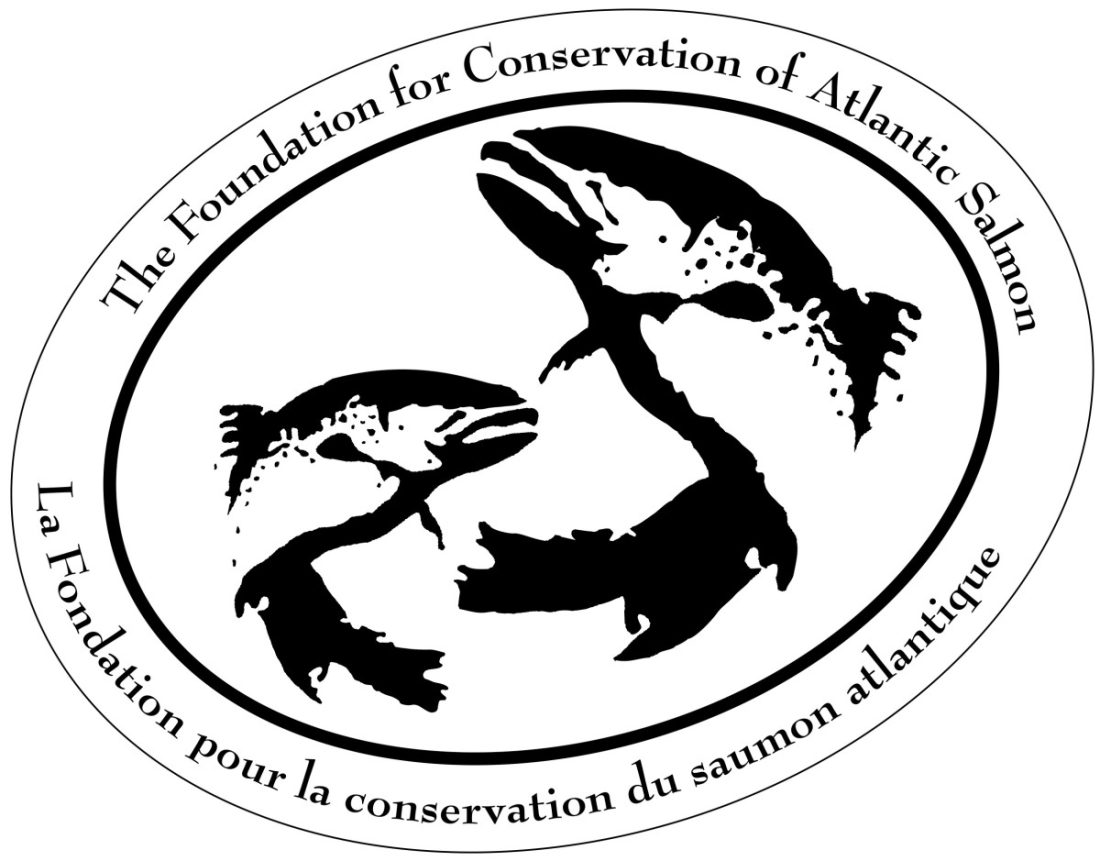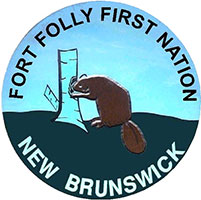Fourth Level Assessment – Aquatic Habitat Rehabilitation Plan
PWA Culvert Remediation
Debris Removal
Thompson Rd over Blakney Brook, PWA (2017): C-128 N 45.994773 W -65.231803
As part of the Petitcodiac Watershed Alliance’s 2017 Broken Brooks field work they remediated a culvert (Figure 15) which they had assessed as a full barrier to fish passage (Figure 6) on Blackney Brook, where Thompson Road, a paved road, crosses over it (Figure 5). Debris clearance was not the only work that they did at this site as will be noted below the PWA also built a rock weir. According to their estimates, doing so opened up fish passage to 1.5 km of upstream habitat.
Baseline Road over Salt Springs Brook, PWA (2017): C-105 N 45.930225 W -65.274961
As part of the Petitcodiac Watershed Alliance’s 2017 Broken Brooks field work they remediated a culvert (Figure 15) which they had assessed as a partial barrier to fish passage (Figure 6) on Salt Springs Brook, where Baseline Road, a paved road, crosses over it (Figure 5). According to their estimates, doing so opened up fish passage to 5 km of upstream habitat. There doesn’t appear to be 5 m of habitat upstream of this site. The culvert itself is a minor crossing of a tributary to Salt Spring’s Brook that was not detected as part of the GIS analysis (Figure 5). It is possible this culvert was mislabelled with the wrong GPS coordinates, as it was somewhat surprising that such a minor crossing would have been a priority to clear.
Rock Weir Installation
Thompson Road over Blakney Brook, PWA (2017): C-128 N 45.994773 W -65.231803
As part of the Petitcodiac Watershed Alliance’s 2017 Broken Brooks field work they remediated a culvert (Figure 15) which they had assessed as a full barrier to fish passage (Figure 6) on Blackney Brook, where Thompson Road, a paved road, crosses over it (Figure 5). After clearing debris that was blocking this culvert they built a rock weir downstream of it. To reduce this barrier, a vortex rock weir design was selected to increase the height of the existing plunge pool to improve access to the outflow. Installing this type of structure raised water levels in the plunge pool to effectively eliminate the barrier outflow drop. The size and volume of the rock weir was based upon the stream and culvert characteristics calculated using data collected from the culvert assessment. The idea is that over time, the watercourse will naturally deposit material within the rock weir and fortify the structure. According to their estimates, the combined benefits of debris removal and rock weir installation opened up fish passage to 1.5 km of upstream habitat. Given the number of years that have passed there would be value in revisiting this site to assess debris, and the current condition of the rock weir.
Baseline Road over Salt Springs Brook, PWA (2017): C-106 N 45.935353 W 65.249661
As part of the Petitcodiac Watershed Alliance’s 2017 Broken Brooks field work they remediated a culvert (Figure 15) which they had assessed as a partial barrier to fish passage (Figure 6) on Salt Springs Brook, where Baseline Road, a paved road, crosses over it (Figure 5). They did so by installing a rock weir downstream of it to raise the water level which would improve access to the outflow. According to their estimates this rock weir installation opened up fish passage to 1.5 km of upstream habitat.












